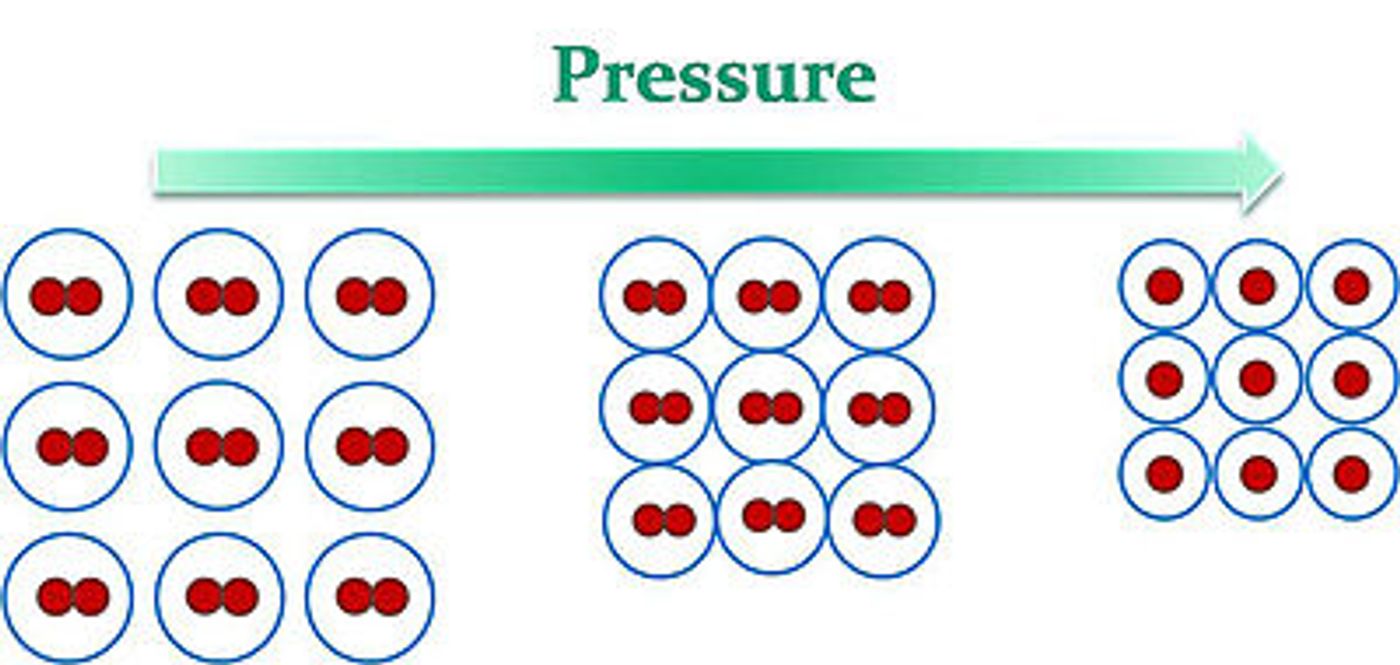Metallic Hydrogen Created Using High-Pressure Physics
Have you ever heard of metallic hydrogen? Probably not, because it has only ever existed in theory. Harvard scientists have recently created metallic hydrogen from applying extremely high pressure to hydrogen atoms.
Metallic hydrogen was just a theory to Eugene Wigner and Hillard Bell Huntington in 1935. They hypothesized that if hydrogen, which is a stable gas at room temperature and normal pressure, were subjected to extreme pressure, it would turn from a liquid state to a solid. This theory has remained one of the unattainable challenges in physics. It turns out that the pressure amount that Wigner and Huntington had estimated, about 25 GPa (gigapascal), was too low and that even higher pressure is needed to create the solid.
Harvard Professor of Natural Sciences, Isaac Silvera and his postdoctoral fellow Ranga Dias have been working on this theory and how to turn it into a reality. This two-man team recently cracked the code and successfully created the rarest material on the planet.
“This is the Holy Grail of high-pressure physics,” Silvera said of the quest to find the material. “It’s the first-ever sample of metallic hydrogen on Earth, so when you’re looking at it, you’re looking at something that’s never existed before.”
Silvera and Dias built a high-pressure device known as a diamond anvil cell, made up of two small pieces of polished and treated synthetic diamond mounted opposite each other within a closed metal cell. In order to withstand such high pressure, the diamonds had to be coated with a thin layer of alumina to prevent the hydrogen from diffusing into the crystal structure and causing it to crack.
By squeezing hydrogen molecules to a pressure of more than 71.7 million pounds per square inch or 495 GPa, which is higher than pressure at the center of the earth, molecular hydrogen breaks down to create atomic hydrogen. In other words, when the tightly bound hydrogen molecules dissociate, metallic hydrogen is formed.
The work provides a more in-depth understanding into the properties of hydrogen, and also offers the possibility of various applications for the new material.
“One prediction that’s very important is metallic hydrogen is predicted to be meta-stable,” Silvera said. “That means if you take the pressure off, it will stay metallic, similar to the way diamonds form from graphite under intense heat and pressure, but remain diamonds when that pressure and heat are removed.”
Stable metallic hydrogen could act as a superconductor at room temperature. This could contribute to transportation by making magnetic levitation of high-speed trains possible or electric cars more efficient. The new material could also improve energy production and storage since superconductors have zero resistance. The superconducting coils could store excess energy to be used as needed.
Metallic hydrogen could also revolutionize space travel. The material could increase how fast a propellant is fired from the back of a rocket by almost 4-fold. Theoretically, this could send spacecraft to the outer reaches of space within a shorter amount of time.
After a life-long quest to realize the original theory from 1935, Silvera is thrilled to have made it happen. Now the team will test the material to investigate if it can achieve its potential.
Sources: Harvard News, Science, Hydrogen History









